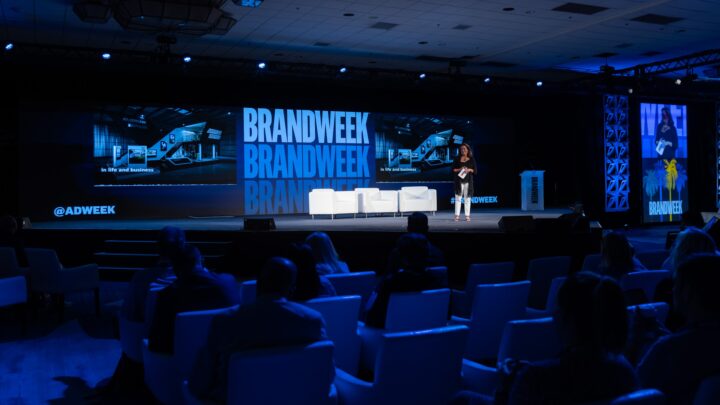Spoken word audio listening is growing at a dramatic rate, a new report from NPR and Edison Research finds. Since 2014, the share of time spent with spoken word audio has increased 20%. And this shift in the audio landscape comes at the expense of music, which saw its share of time decrease by 5% across the same period. The new Spoken Word Audio Report from NPR and Edison Research digs deep into this trend, exploring listener behaviors and preferences related to podcasts, news, sports, talk radio and audiobooks – and how they’ve changed in the last five years.
“We are in the midst of a new audio renaissance, the likes of which we haven’t seen since back in the days when Americans gathered around the radio to hear the war of the worlds or the words of FDR in one of his fireside chats,” said NPR Chief Marketing Officer Meg Goldthwaite. Get The Spoken Word Audio Report
Key Findings
Share of spoken word audio listening now reaches 121M Americans
That’s an increase of 16M people in the last five (5) years. In the past month, 73% of the U.S. population has listened to spoken word audio, with 43% listening daily. And this audience turns to spoken word audio for a variety of reasons, from learning new things to being entertained to feeling inspired. The number one reason to listen to spoken word audio? The desire to “stay up to date with the latest topics”
Growth in spoken word listening has been greatest among young people
The Spoken Word Audio Report reveals that that spoken word’s share of ear is growing across all age groups, but surprisingly, it’s growing fastest among those A13-34. This group now spends 19% of its audio time with spoken word audio — that’s up 58% in the last five years.
Mobile technology use has driven growth in spoken word audio category
22% of all daily smartphone audio listening is to spoken word audio, up from 11% in 2014. This growth has been driven across all age groups: from 2014 to 2019, mobile listening among Americans A13-35 grew from 19% to 32%; among those A35-54, it grew from 12% to 25%; and for those A55+, it grew from 2% to 12%.




